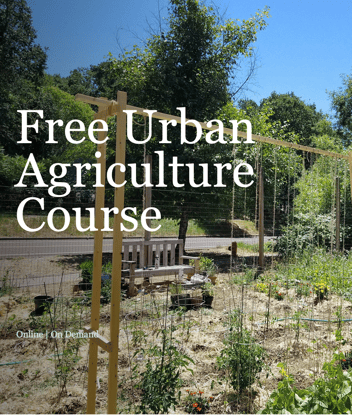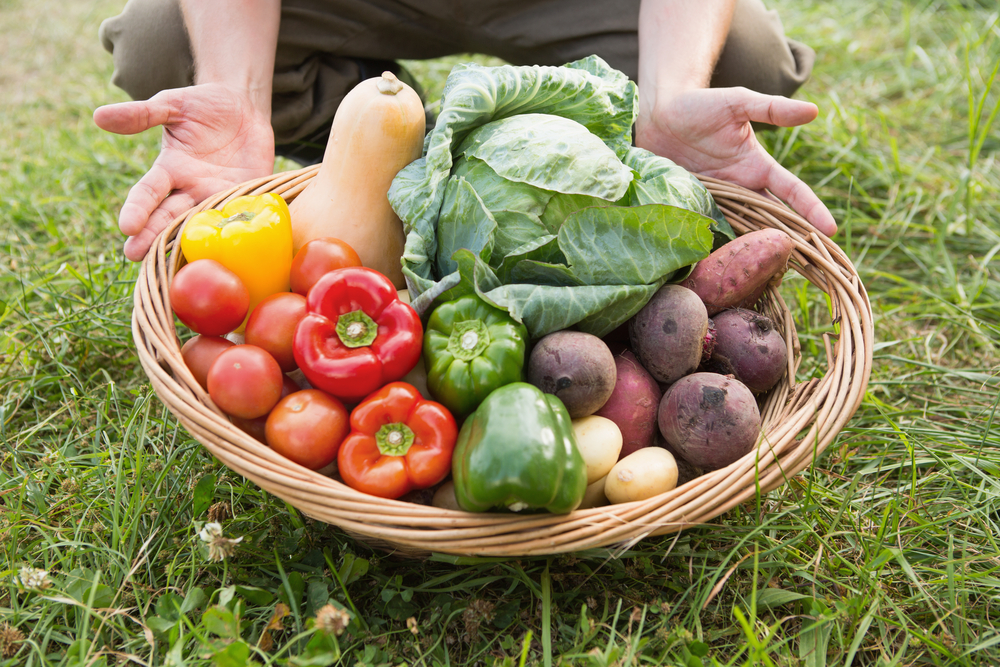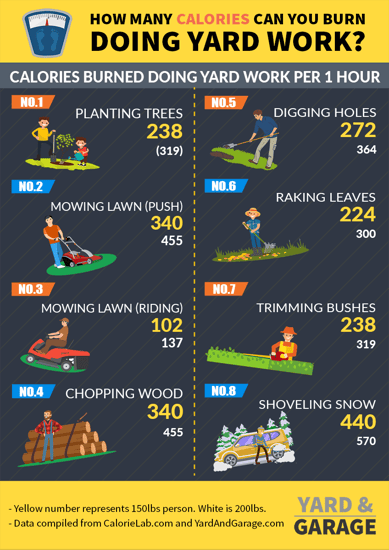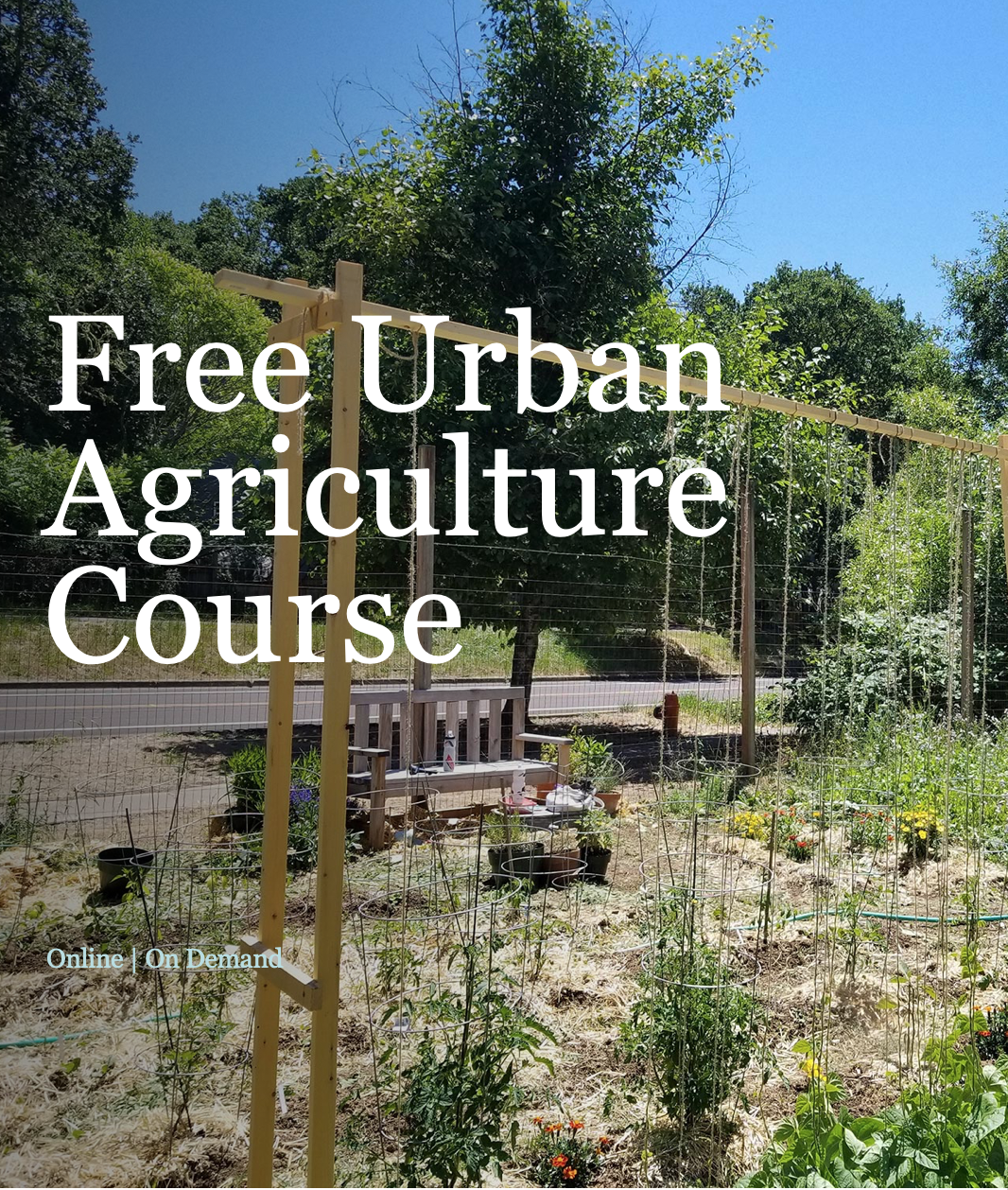Post by Mykl Nelson
I want to help as many people as possible grow more food where they live. Growing at least some of your food not only saves you money, it helps you appreciate the fruits and vegetables you buy in the store.
Gardening takes time, however, so here are some tips for making your time in the garden more efficient and enjoyable as you increase your production.
Tip No. 1: irrigation improvements
The most significant automation you can bring to your garden is timed irrigation. A plumbed system with a circuit board for programming gets expensive, but you can save some money if you install it yourself.
|
Irrigation system |
|
|
Professionally installed |
Do it Yourself |
|
$1.5-2.4/ft2 |
$1.2-1.6/ft2 |
Here's a helpful Lawn Irrigation Installation Calculator from Homewyse.
Another option is to attach timers to spigots, then splitting those timers to four hoses leading to at least as many beds. That costs about $60 per spigot and takes just a few minutes to install. Then, every morning you simply turn on the timers to the right length.
Then, every morning you simply need to turn on the appropriate timers to the right length.
|
Material |
Price |
|
Irrigation controller |
<$200 |
|
Spigot timers |
~$25 each |
|
1-to-4 hose splitter |
~$30 each |
Irrigation systems save time and put the water exactly where you want it, saving wasted water. Irrigating longer at a lower flow soaks the root zone more effectively than a quick flooding of the same volume of water. The time you used to spend watering can now be spent monitoring your crops, pulling weeds, picking pests off your plants, or harvesting some crops. A farmer might use the time savings to market their crops, fix a piece of equipment or take a load off their feet.
Watch this video to hear how Connor Crickmore credits a single tool with freeing up an entire day of labor from every person on the farm.
Here are two publications from the Oregon State University Extension Catalog to help you:
• Efficient Lawn Irrigation in the Intermountain West (EC 1638).
• Practical Lawn Care for Western Oregon (EC 1521).
Tip No. 2: weeding efficiency
One of the surest ways to increase efficiency is by linking all your actions to your desired outcome.
For example, what is the desired outcome of weeding your garden? It’s probably not to be free of weeds but instead to encourage crop production. You can and should explore more efficient weeding tactics, but you should also look at direct-seeding or transplanting — depending upon your circumstances — as a strategy to decrease weed pressure.
Apply your labor the way a farmer might in their Integrated Pest Management system. Reducing their pesticide application saves them money, of course, but timely applications can also greatly decrease pest populations with minimal effort.
Tip No. 3: soil testing
Serious growers routinely test their soils. OSU Extension offers a nice overview of how to collect soil samples in its publication A Guide to Collecting Soil Samples for Farms and Gardens.
When growers know their soil’s nutrient levels and what their crops need, they adjust their fertility applications accordingly. Minimizing inputs while maximizing outputs is the basic premise of agriculture.
Soil testing helps farmers avoid overenriching their soils and thus avoid adverse effects like environmental pollution, nutrient burning of crops, or wasting money and time.
My research found Master Gardeners have a strong grasp on pH and texture. However, we see a significant deviation from recommended ranges once we move from the physical to chemical parameters of soil.
There’s often a routine addition of compost, which is relied upon to add all the fertility needed. But if they looked to farmers, these gardeners would know to question every piece of labor. ‘Why am I doing this? Is there a way I could reduce or remove this task?’
For example, applying 10 pounds of feather meal and an ounce of Boron per 1,000 square feet is a lot easier than spreading 3 square yards of compost.
Farmers vs. gardeners
While offering you suggestions to save time in your garden as you increase production, I’m not trying to convert you from a happy gardener to a stressed-out farmer. Our goal is to see what can be gained for the gardener by looking to farmers.
If you are trying to make crop production your profession — the way you pay your bills — then you are a farmer and it’s essential that you look for efficient procedures to increase production and profit.
Gardeners are all other forms of crop producers, and for most, theirs is a labor of love and not profit. Efficiency isn’t often a critical concern. But efficiently watering your plants and treating your soil frees up a lot of time for less-onerous gardening activities, like sipping ice tea in the shade and munching on fresh boysenberries.
I’m not trying to discount the pleasure of time spent working in a garden, nor the joy of working outside with plants or animals. The value of time spent in nature is hard to overstate. Gardening and yard work is also good exercise.
However, Simplifying systems, following urban farm best practices, and increasing production efficiency enhances the pleasure we get from our gardens!
Home gardens can yield big results
I hope this article has inspired you to push the limits of your garden’s productive potential. The small production area of most gardens enables extreme control and eases fertility enrichment.
A 2019 study in the Proceedings of the National Academy of Sciences (PNAS) found that "small-scale urban agriculture results in high yields but requires judicious management of inputs to achieve sustainability." In fact, the study found that home-scale gardens can generate twice the yield of a professional field per unit area.
However, another analysis (What Are the Economic Costs and Benefits of Home Vegetable Gardens? by Gail Langellotto of Oregon State) found that these yields and efficiencies often don’t take into account our labor. If labor is counted at fair market rate, gardens cost their growers about 11 cents per square foot.
And so I ask you, is it the sweating that you value from your garden? If so, continue toiling; I cannot deny that physical exertion under the sun can be a welcomed activity.
But if you’d prefer to spend more time enjoying your garden rather than working in it, then perhaps you’re ready to take a cue from the professionals and enhance your training and challenge your beliefs about what it takes to make a productive, attractive gardening space.
 You can get started with the on-demand FREE Introduction to Urban Agriculture course from Oregon State University.
You can get started with the on-demand FREE Introduction to Urban Agriculture course from Oregon State University.
The course is designed so you will know the fundamental concepts that can help you get started on this exciting journey.
We also offer a full Online Urban Agriculture program, which is comprised of four courses:
- Free Introduction to Urban Agriculture
- Growing in Urban Environments
- Urban Agriculture Systems
- Urban Agricultural Business
If you've ever wished your local grocery store had more variety or if you've ever wanted to turn a gardening hobby into a successful small business, or if you simply wanted the freshest fruits and vegetables, then this urban agriculture program is for you!





